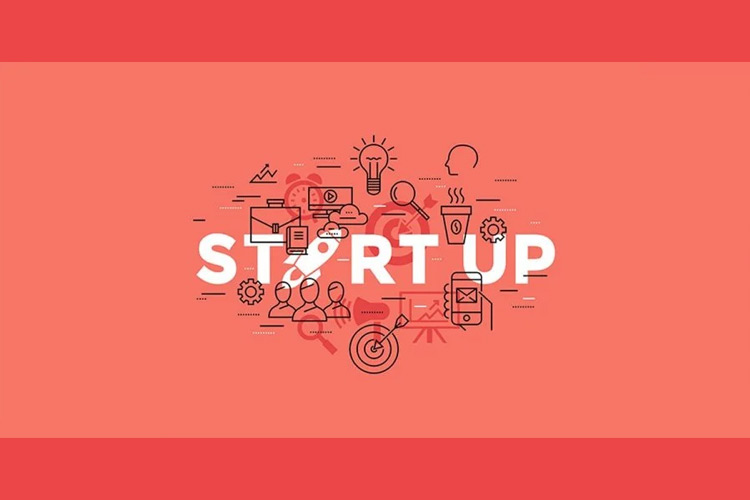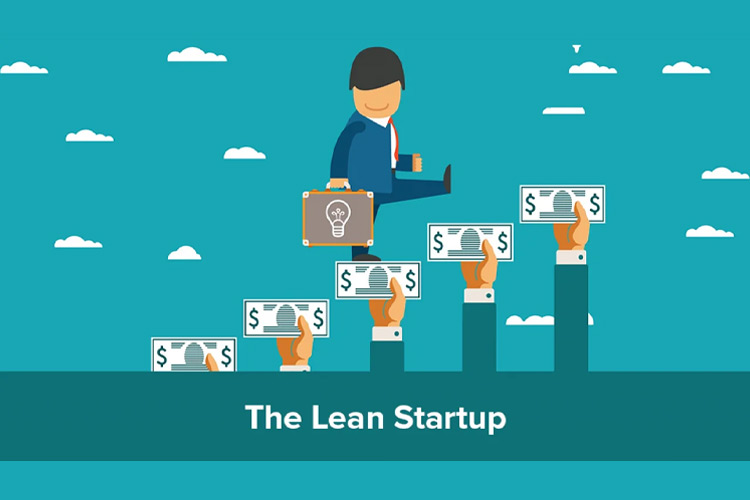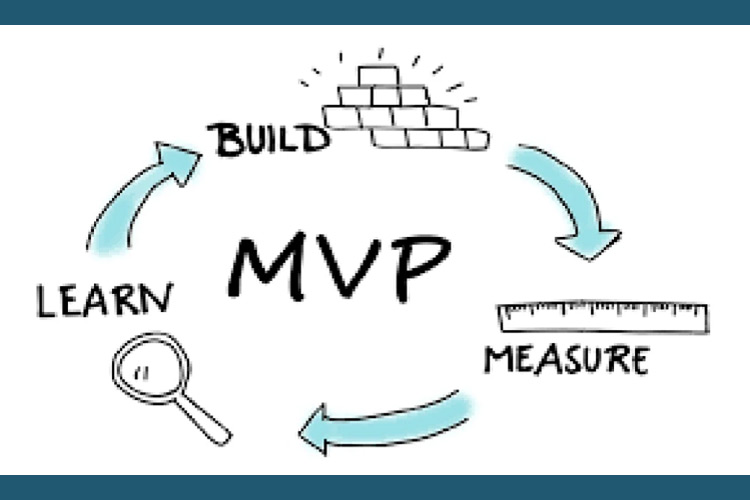What is the most essential thing in a startup? Many say that the idea, but this is far from the case. The idea of a startup is just a small detonator that should trigger an explosive reaction. Moreover, an idea in itself does not cost anything.

The idea of a startup is just a small detonator that should trigger an explosive reaction. Moreover, an idea in itself does not cost anything.
Having typed in the query "idea for a startup" in any search engine, you can immediately find hundreds of free ideas with promising phrases, such as: "Take these ideas into service, choose your niche and go for it!". Of course, all this is an absurdity.
There is no unique formula or unified approach for inventing ideas. Of course, sometimes, people get an indulgence, well, or at least they say that. For the most part, coming up with an idea is, in fact, the same work as everything else.
The only thing we can agree with is that most often, ideas appear in those areas in which a person is a professional, be it a hobby, work, or science.
More important in this process is the validation and implementation of the idea itself. Initially, you need to study a possible market and understand how unique the idea is and what competitors exist. By the way, the second is an essential aspect for future investors.
Uniqueness Problem

Many startupers fall in love with their idea so much that they cannot adequately and objectively evaluate the market. Therefore, you can often hear a story about "a unique idea for a billion that has no competitors." Still, most likely, this is a poorly studied market, or nobody really needs a potential product.
If you look at the history, at least the last 20–30 years, all the well-known startups that have become world giants had competitors to one degree or another. Google, Facebook, Airbnb, Uber, and hundreds of other startups had thousands of competitors at launch. Another question is how healthy and similar the competitors were.
Even a little marketing research and market analysis will benefit the future product, and in some cases, they will save you from wasting time on a previously incompetent idea.
Once, during the next brainstorm, the cofounder and I came up with the idea of a startup-social network for housemates. In a few hours, the whole concept was built, and we were very enthusiastic. What was our surprise when we began to study competitors, we realized that we came up with the idea of an existing unicorn.
Of course, we were not upset but rather rejoiced that such hackathons keep us in good shape, and the brain works adequately. But what if it wasn't a game brainstorm, but a real business idea that we would put on? Most likely, failure and loss of money would be waiting for us.
The most important thing is that an idea or product solves a specific problem, a problem that actually exists not only for the creator of the startup but also for thousands of people or hundreds of businesses. Obviously, at the idea level, understanding this is almost impossible.
Thrifty Startup

The Lean Startup concept comes to the rescue ( from the English - a lean startup), formulated by Eric Rees in the late 2000s. You can write a lot about this concept, but it is better to read his small ingenious book "Business from scratch. Lean Startup method for quickly testing ideas and choosing a business model."
In short: the concept implies a reasonably quick idea validation and hypothesis testing based on direct communication with potential customers, with the further creation of a minimum viable product ( minimum viable product, MVP), which also needs to be tested. This approach significantly saves startup resources.
It can be divided into three simple steps:
Formulated ideas need to be decomposed into specific hypotheses that need to be tested. Based on these hypotheses, up to 10 questions are developed for potential customers. In fact, a small questionnaire is created.
In parallel, you need to collect a database of at least 100 potential customers for B2B and 500 for B2C. Formulated questions are best asked, potential customers.
The ideal option is face-to-face meetings for coffee, but a phone call or skype call is also suitable. The collected answers should be carefully analyzed to draw conclusions about the real problems of potential customers and their needs.
Already based on surveys, you need to start developing a minimum viable product ( MVP), which is also being tested, including by potential clients from your survey.
Some of them may become real clients in the future.
How to Make These Three Steps?

As for the formulation of hypotheses, each idea will have a different one. The main thing: the questions should be such that the answers to them fully reveal the client's attitude to the product and give an understanding of whether there is a problem that the idea actually solves.
To collect a database of potential customers, you must use social networks.
As for B2B, here you need to find people who make decisions in companies and who understand that the product can make their life easier, bring more money, simplify business processes, etc. The best social network for this is LinkedIn, but also Twitter with Facebook no need to write off - you can also find the necessary contacts there.
With B2C, it seems to be a little easier - there are more social networks, and they are more lively in contact, but you need to collect the database many times more. The following social networks can be distinguished - Facebook, Instagram, Quora, Reddit, Twitter ( to the least extent). It's easiest to find customers by places or hashtags; on Quora and Reddit, you can directly ask questions and create branches.
It is also worthwhile to define a circle of tags that your customers can use or find places where they can "check-in" and look for them there. After that, you need to write a small letter and indicate that you are a young startup, make a product, and will be grateful for the expert evaluation of the idea.
Regarding the "mailing lists", it is better to invite a person to a cup of coffee or, in extreme cases, to organize a telephone conversation. You should not write more than 20-30 people a day from one account, social media filters can add you to spam databases.
Personal experience

In the case of our startup CruiseBe, the tags related to cruises helped a lot. People who had just returned from cruises or were planning a vacation willingly made contact and answered our questions.
This survey has huge advantages: it teaches the startup creator not to be afraid to talk about his product, sometimes to answer tricky questions, and this is very useful when communicating with investors. In addition, such personal communication can turn a potential customer into a real one, or at least lead him more in-depth through the conversion funnel.
This questionnaire process is often sobering for startupers. After all, an idea that the founder considers successful is first criticized by a potential client. In addition to criticism, sometimes sensible advice or requests appear.
Something from the series: "Will there be a specific function for the product?" And when 30-40% of respondents are interested in such a function - it becomes clear that it is worth thinking about its implementation. Maybe not in MVP, but still.
As for MVP, this is, in fact, a pilot version of the future business, a product with a small set of limited functions, which are enough to test hypotheses. MVP is used to collect the maximum number of constructive reviews about a product, at the lowest possible cost.
Very often, already at the MVP stage, teams realize that some things need to be changed in the future. The final product, in most cases, is too different from what was planned before hypothesis testing or at the idea level.
Little fact: over the past decade, most successful startups use is the concept of a lean startup!
Well, in conclusion: in addition to the idea, its validation, and implementation for a successful startup, dozens of things should be taken into account - a team, successful networking, conferences, the right investors, etc.






